Description

1. Real – world Case
In a large – scale power generation plant with gas turbines, the BENTLY 1900/65A – 01 – 00 – 01 – 00 – 00 was installed for continuous vibration monitoring. One day, during normal turbine operation, the system detected an abnormal increase in the vibration levels of the turbine shaft.
The BENTLY 1900/65A – 01 – 00 – 01 – 00 – 00 immediately analyzed the vibration data. It identified that the vibration was in a specific frequency range associated with a potential bearing issue. The system then sent an alarm to the plant’s control room, indicating a possible problem with the turbine’s bearings.
The maintenance team was quickly dispatched to inspect the turbine. Using the detailed vibration data provided by the BENTLY device, they were able to confirm the bearing wear and plan for a timely replacement. This proactive approach prevented a major turbine failure that could have led to long – term power outages and significant repair costs.
2. Applications
- Power Generation: As demonstrated in the above case, it is widely used for monitoring the mechanical health of turbines (steam, gas, and hydro), generators, and other rotating equipment in power plants. It helps ensure reliable and efficient power production.
- Petrochemical Industry: In refineries and chemical plants, the BENTLY 1900/65A – 01 – 00 – 01 – 00 – 00 can monitor pumps, compressors, and other machinery. By detecting early signs of mechanical problems, it allows for preventive maintenance and reduces the risk of production disruptions.
- Manufacturing: In manufacturing facilities, it can be used to monitor large – scale industrial machines such as rolling mills and presses. This helps maintain product quality and equipment productivity.
3. Weight and Dimensions
- Weight: The BENTLY 1900/65A – 01 – 00 – 01 – 00 – 00 weighs approximately 2 kg. This weight is relatively manageable, making it easy to handle during installation and maintenance.
- Dimensions: It has dimensions of about 220 mm in length, 160 mm in width, and 70 mm in height. These dimensions allow it to be easily installed in standard control cabinets or on equipment racks, fitting well into existing industrial setups.
4. Features
- High – Precision Vibration Monitoring: It offers high – precision measurement of vibration amplitude, frequency, and phase. This detailed information helps in accurately diagnosing the root cause of mechanical problems.
- Multiple Sensor Compatibility: The device can be connected to various types of vibration sensors, such as proximity probes and accelerometers. This flexibility allows it to adapt to different monitoring requirements.
- User – Configurable Alarm Settings: Users can customize the alarm thresholds according to the specific operating conditions of the equipment. This enables early detection of potential issues and timely response.
5. Stability and Reliability
- Robust Design: The BENTLY 1900/65A – 01 – 00 – 01 – 00 – 00 is built with a rugged enclosure that provides protection against dust, moisture, and mechanical vibrations. This makes it suitable for use in harsh industrial environments.
- Redundant Components: Some models may have redundant power supplies and communication interfaces. In case of a component failure, the redundant part can take over immediately, ensuring continuous operation of the monitoring system.
- Long – Term Data Storage: It can store historical vibration data for an extended period. This data can be used for trend analysis and predictive maintenance, improving the overall reliability of the monitored equipment.
6. Parameter Specifications
- Power Supply: It operates on a 24V DC power supply, with an allowable voltage range of 21.6V to 26.4V. This wide voltage range ensures stable operation even in the presence of small power fluctuations.
- Input Channels: It has multiple input channels for connecting vibration sensors. The number of channels can be configured according to the specific application requirements.
- Measurement Range: The vibration measurement range typically covers from 0 to 2000 microns (peak – to – peak) for displacement and up to 200 mm/s (peak) for velocity.
- Frequency Range: It can measure vibration frequencies in the range of 0.5 Hz to 10 kHz, which is suitable for detecting a wide variety of mechanical faults.
- Communication Interface: It supports communication via Ethernet and RS – 485 interfaces. The Ethernet communication speed can reach up to 100 Mbps, allowing for fast data transfer for remote monitoring and analysis.
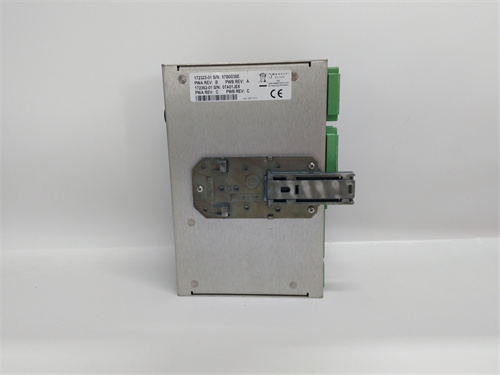


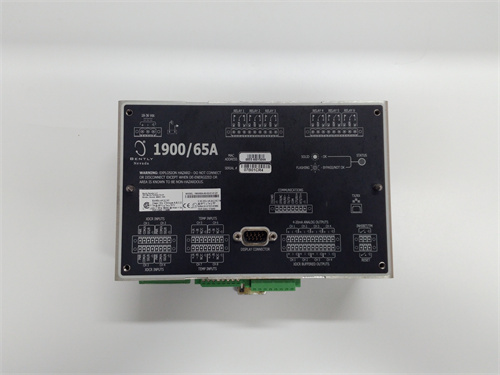
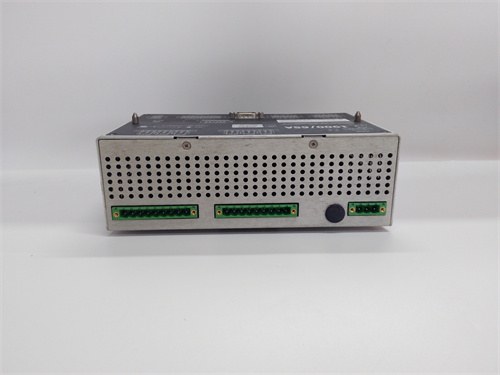






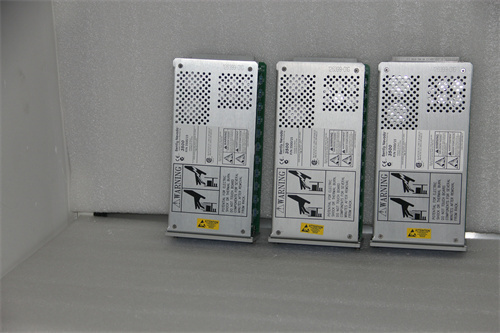


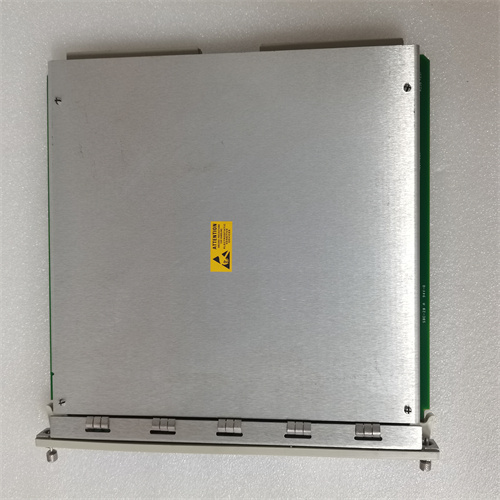
Reviews
There are no reviews yet.